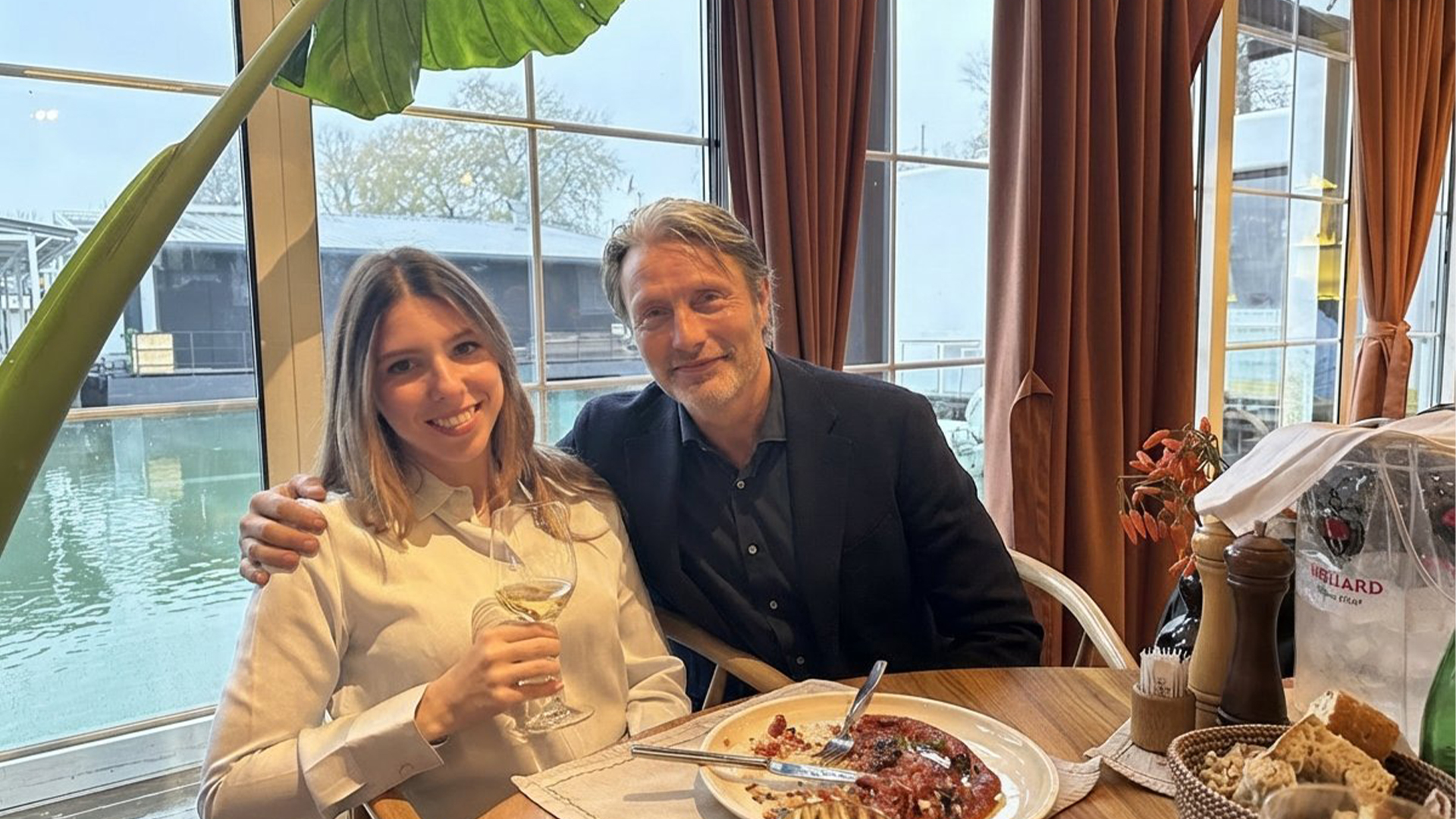"I gave myself permission to question what art could be": a day in the life of Claire Luxton
The contemporary artist discusses surrealism, poetry and the impact of AI.
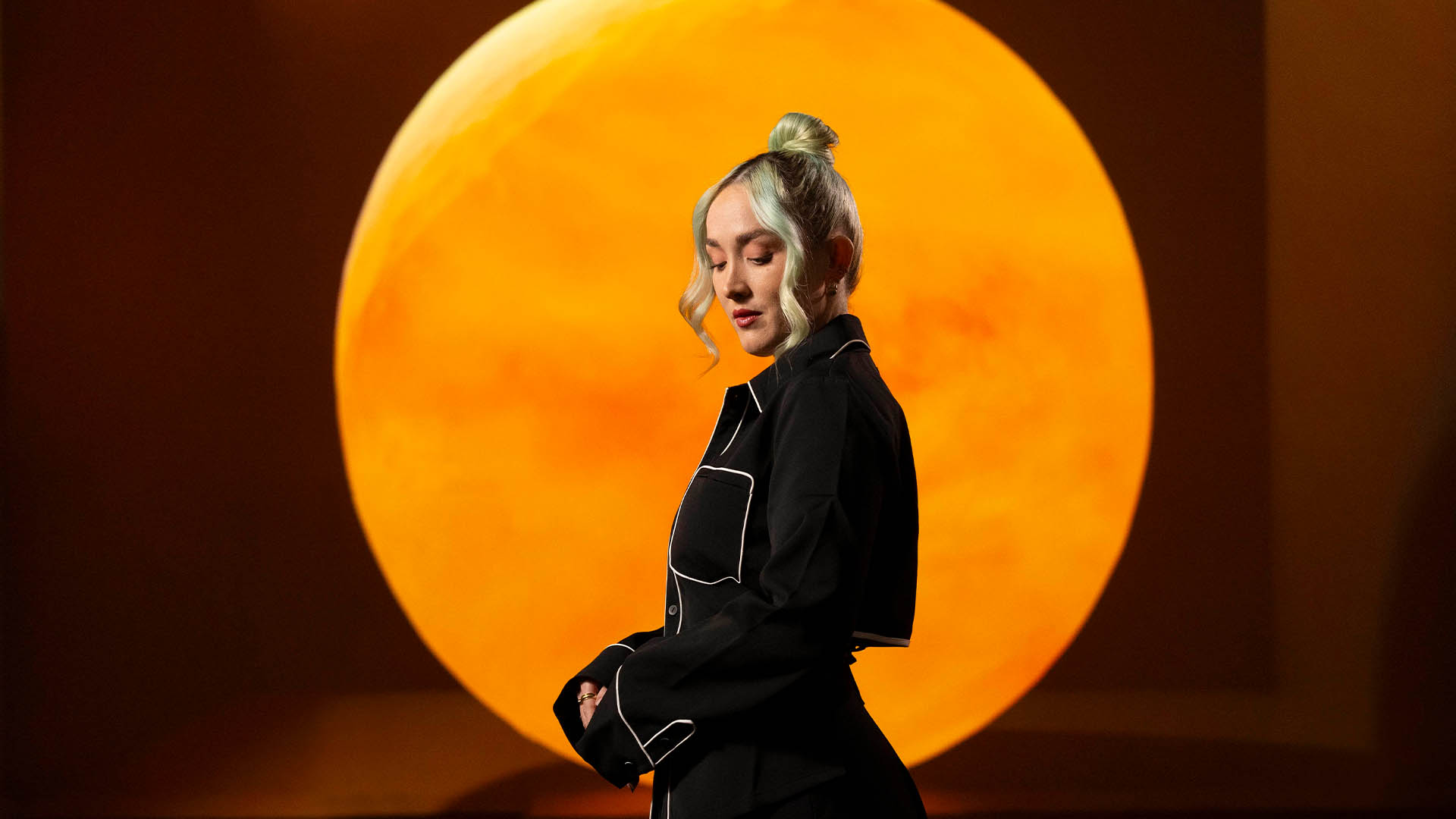
Claire Luxton is a British contemporary artist working with photography, immersive installation and poetry. Taking a multi-disciplinary approach to creativity, Claire's work has a distinct ethereal aesthetic, navigating the tension between "constructed femininity and alluring vulnerability."
Since receiving her BFA from Goldsmiths University of London, Claire has gone on to create custom projects for iconic brands such as Hendricks, Wedgwood, and L’Occitane, alongside public art projects for The Crown Estate, Westminster and Westfield Forum des Halles. As part of our Day in the Life series, I caught up with Claire to discuss her surrealist inspirations, her favourite tools and her thoughts on the rapid advancement of AI.
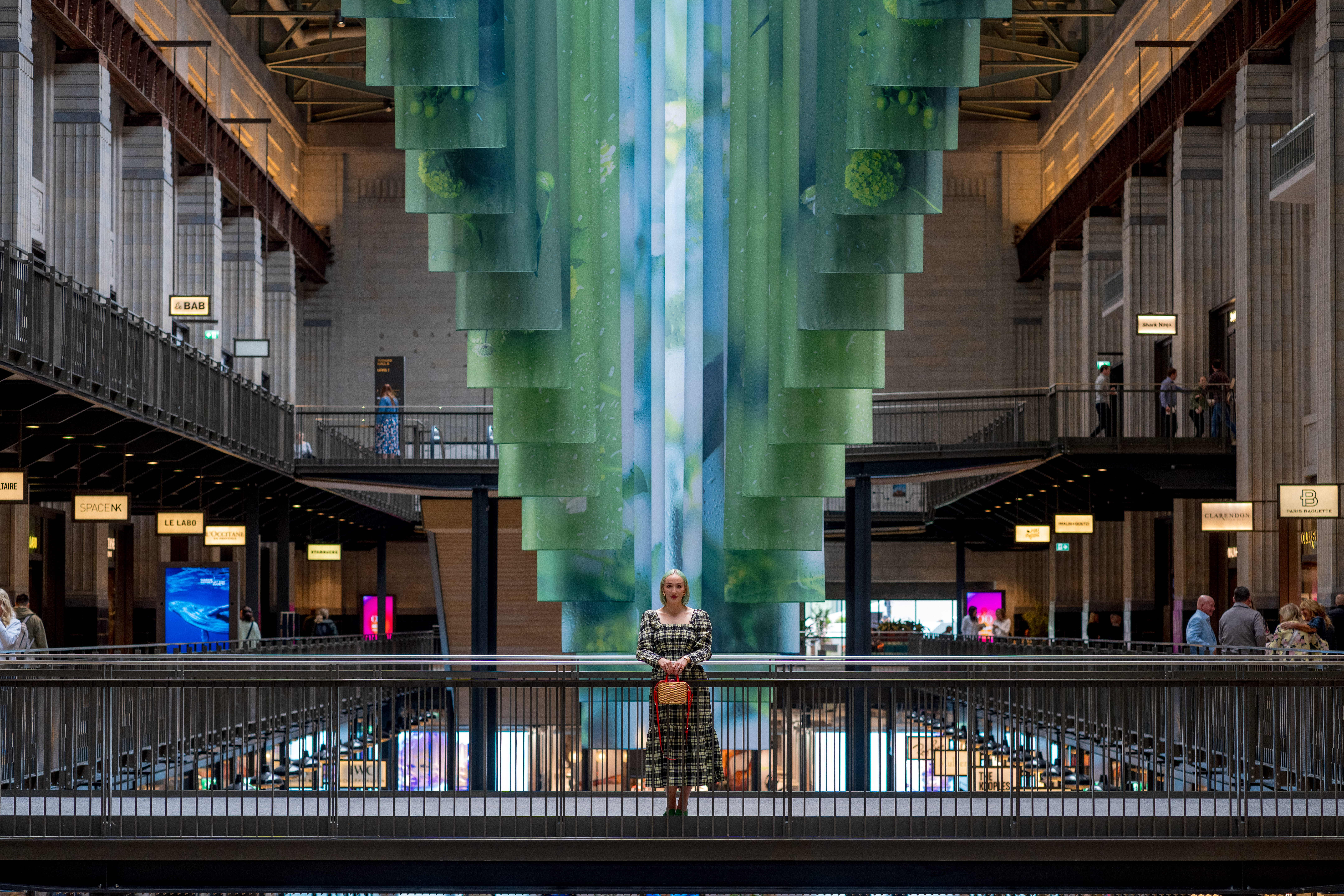
Could you walk me through a typical day in your role?
No two days are ever the same, which I really love. I usually start with reflection and planning time, reading, writing or walking in the countryside around my house. That stillness allows space for ideas to form.
The rest of the day could be anything from sketching out concepts, editing photography, working with materials in the studio, writing poetry, or having meetings with collaborators and clients. If I’m mid-installation, it becomes much more physical constructing, working with external teams, troubleshooting technical elements. It’s both challenging and thrilling.
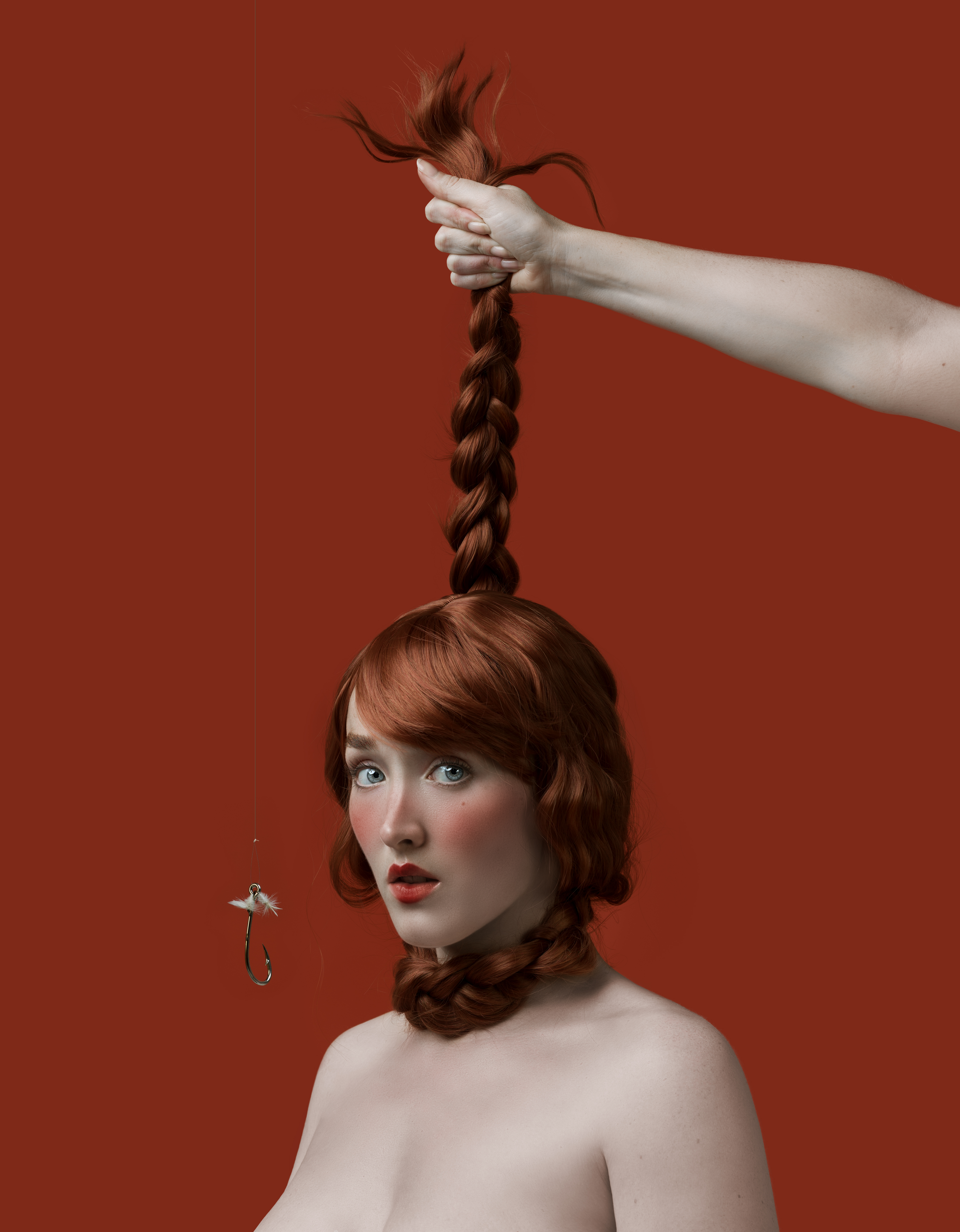
What was your early career like?
At the time it was hard to know how to use my fine art degree. So I threw myself into a lot of exploration and experimentation. I tried to let go of the idea that I needed to stay within a single medium, and I gave myself permission to question what art could be. That meant working long hours, taking creative risks, and figuring out how to survive while pursuing something deeply personal. I was working exclusively with a gallery, which I wouldn’t necessarily recommend, however those early years were very informative and shaped my vision.
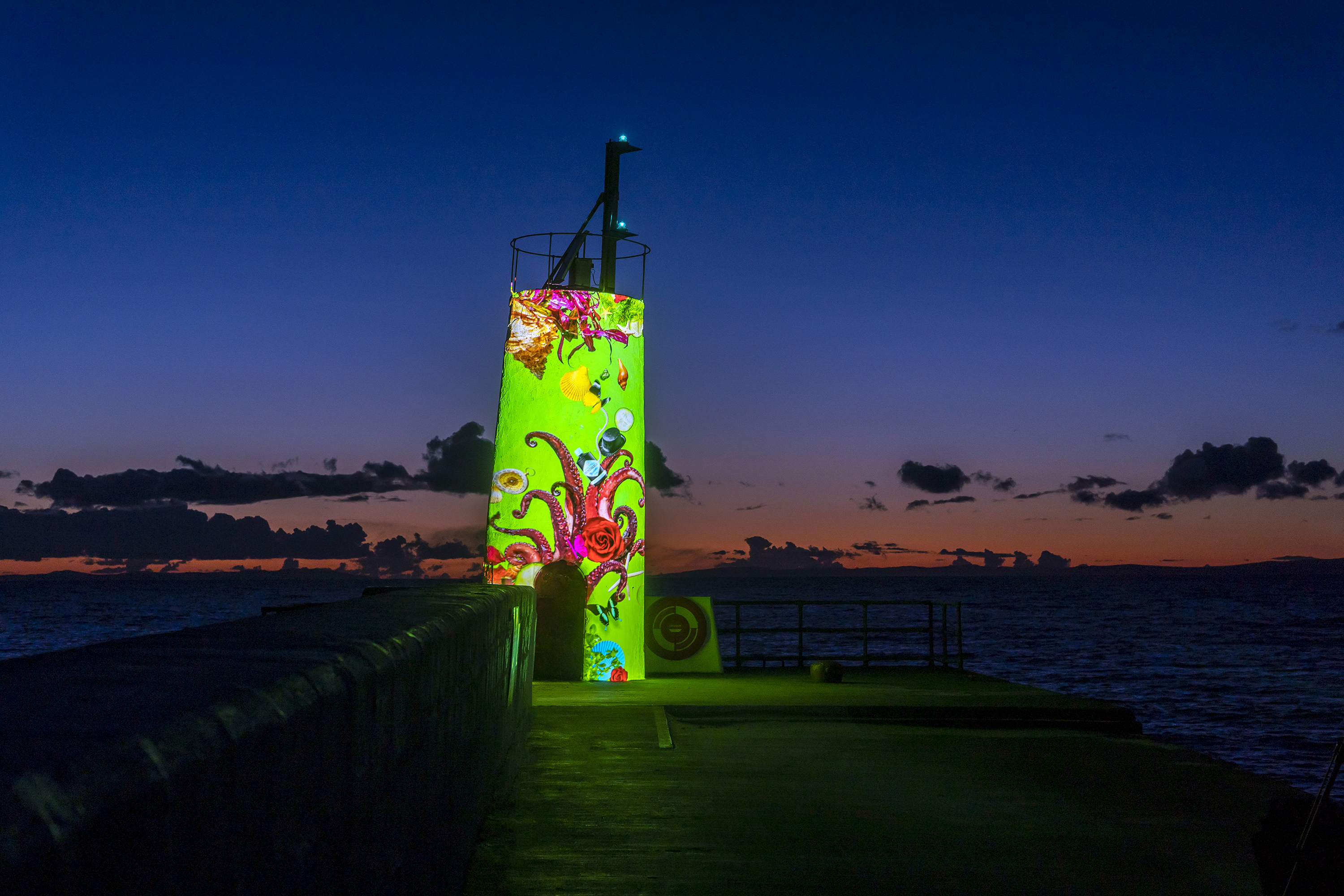
What attracted you to surrealist art?
The surrealists were unafraid to confront the subconscious, the emotional, and the irrational – and I think that’s incredibly powerful. I was drawn to how they challenged logic and embraced vulnerability. There’s a liberation in surrealism that aligns with how I approach the female body, nature, and mental health in my work – it allows for contradiction, nuance, and dreamlike possibility.
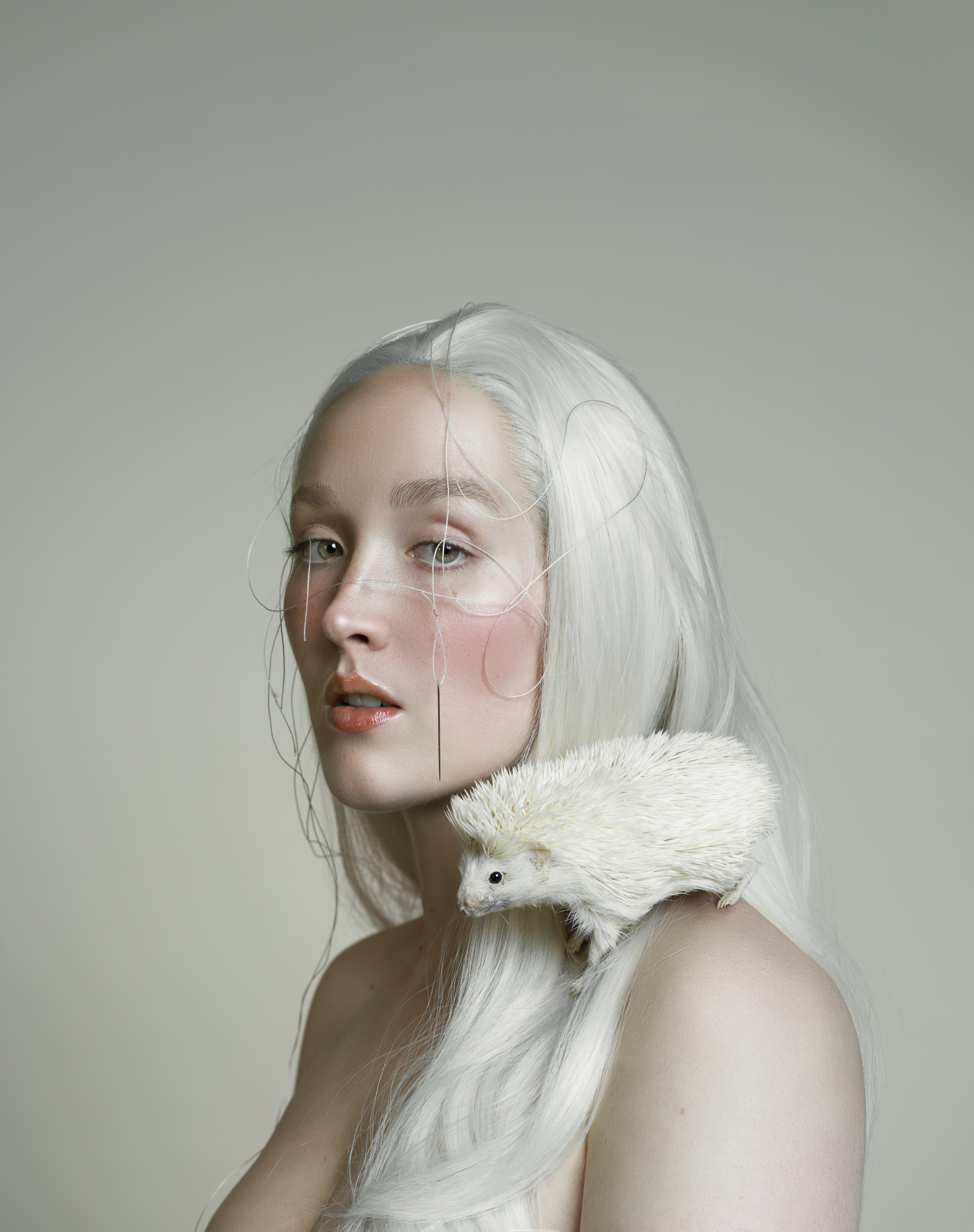
Where do you find your creative inspiration?
My inspiration is all around me – it's drawn from literature, classical art, mythology, observations, dreams, and my own lived experience. I'm deeply influenced by historical references, especially Renaissance portraiture, as well as natural elements – flora, fauna, water. Research plays a big role, and poetry often helps me distill emotion into symbol or image.
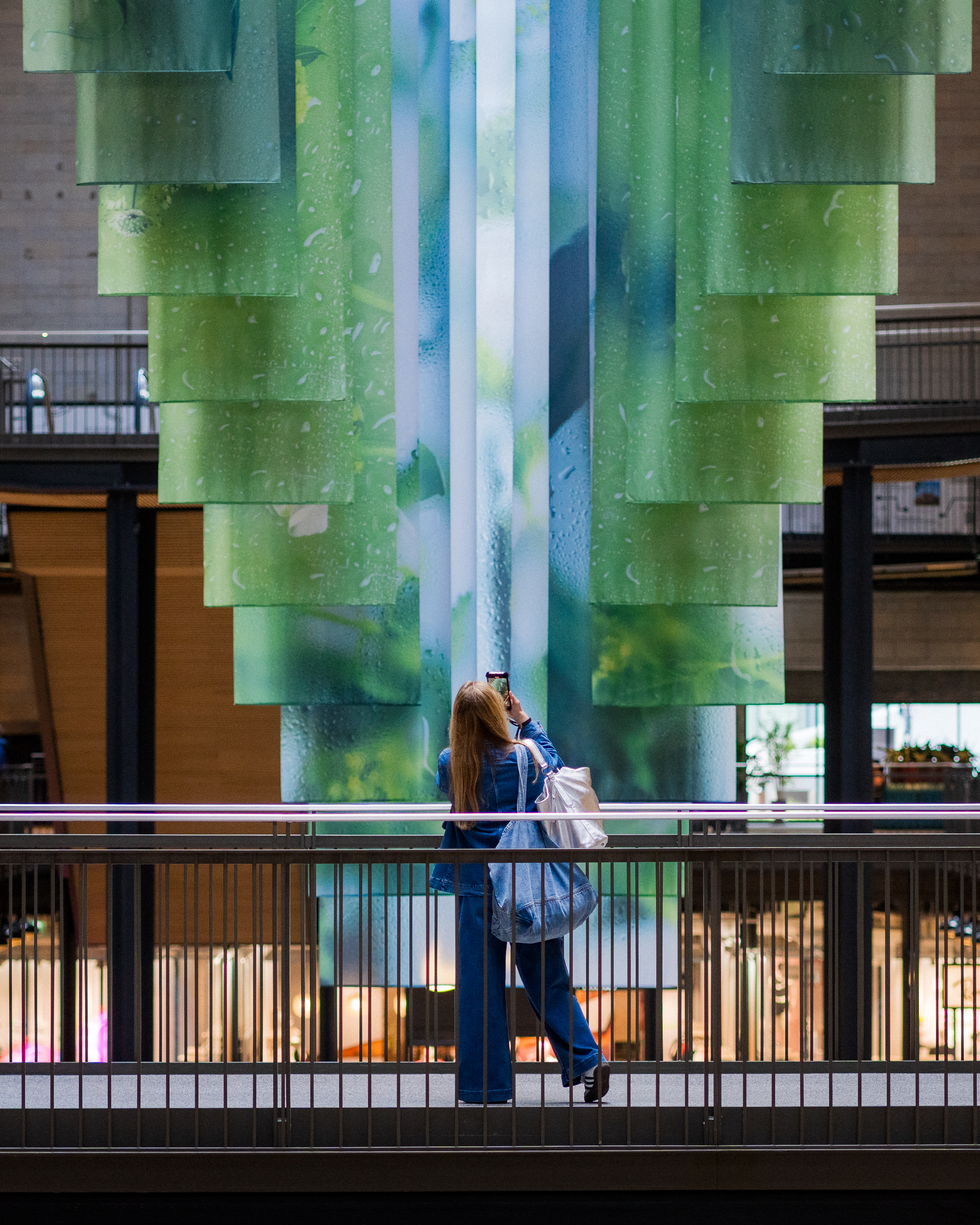
Could you tell me more about your latest project Right Before We Wake?
It’s an immersive installation created for FRAMELESS London, and it explores the liminal space between waking and dreaming. I was really struck by how disconnected we’ve become from our natural cycles, particularly sleep, and how that impacts our emotional and mental well-being. The work is designed to feel like a sanctuary –surreal, symbolic, and slow-moving – an invitation to reconnect with inner stillness.
Did you face any challenges during the creative process?
Absolutely. Working at scale and incorporating projection technology always brings a new set of challenges. Sometimes it’s technical limitations, time constraints, or simply the vulnerability of translating something very internal into something physically shared. But I often find parameters are what push you to expand your mind and discover new methods or ways of looking.
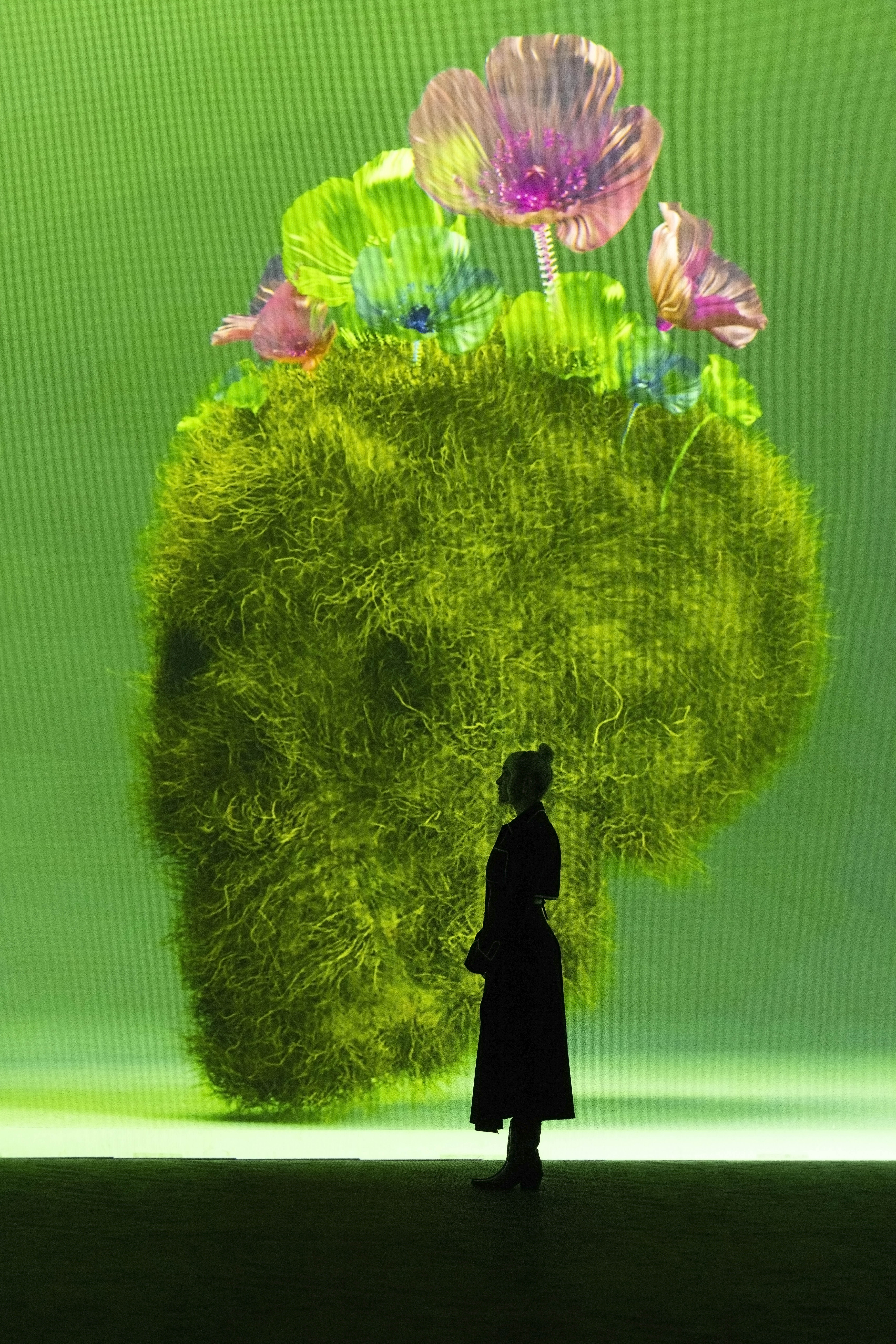
What are your favourite tools?
My Hasselblad camera, of course – it’s the foundation of much of my visual work. But I’m also deeply connected to my Paper Republic journals, the natural elements I collect, and the digital tools I use to bring everything together.
Adobe Creative Cloud plays a crucial role in my process: I use Premiere Pro to develop and structure my image sequences, allowing me to explore rhythm, narrative, and emotional pacing. Photoshop is where I spend time grading and refining details – it's where many of the subtle textures and tonal shifts emerge that shape the final feel of the work. These digital tools let me build deeply layered images that reflect both memory and imagination.
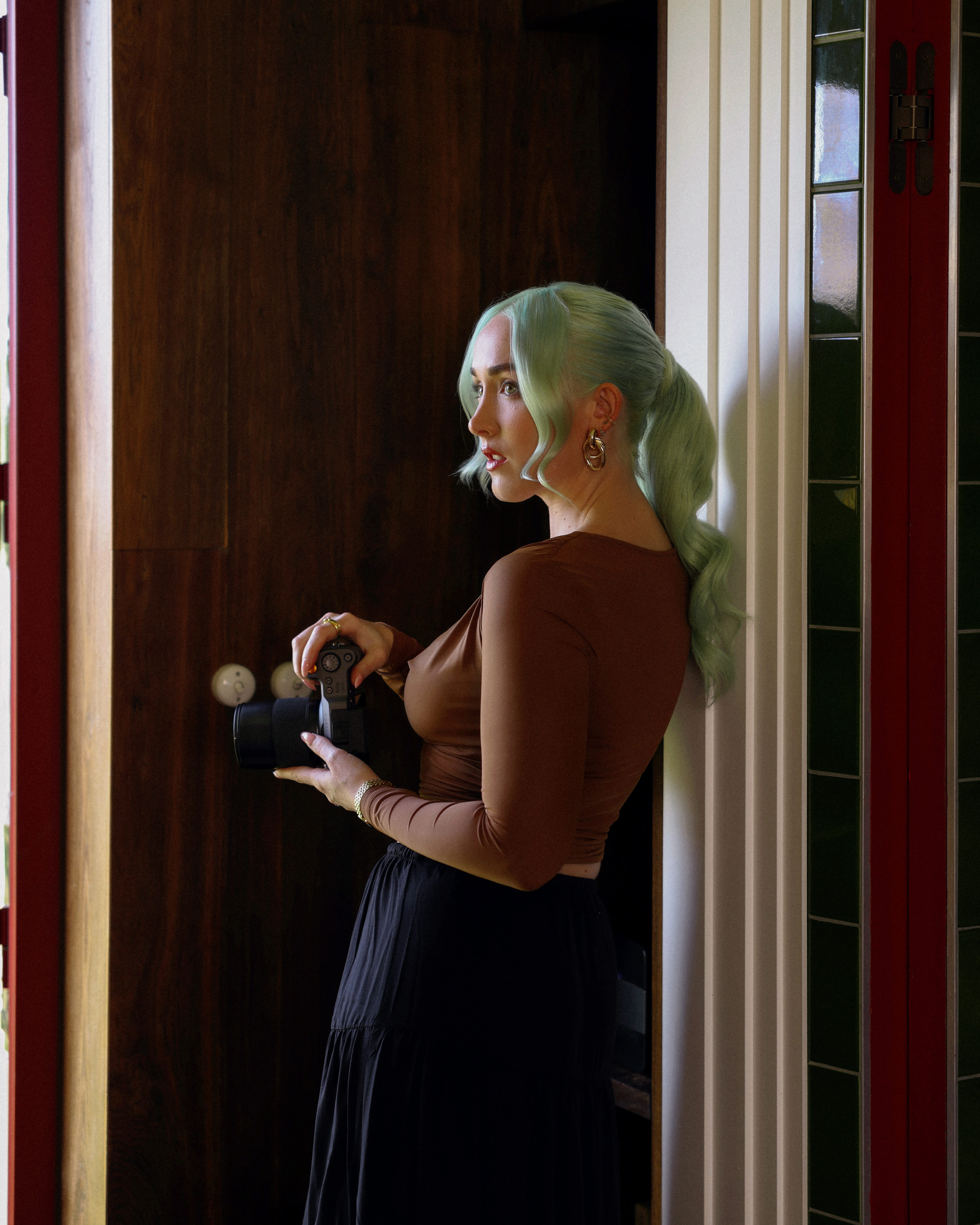
Does your art inform your poetry?
100%. One always informs the other. Often, a visual idea will spark a phrase or line of poetry, and vice versa. Poetry gives me a way to process emotion or intention before I try to translate it visually. It’s like the echo behind the image. However there are occasions where a visual is so strong in my mind it manifests first and what words just flow with it.
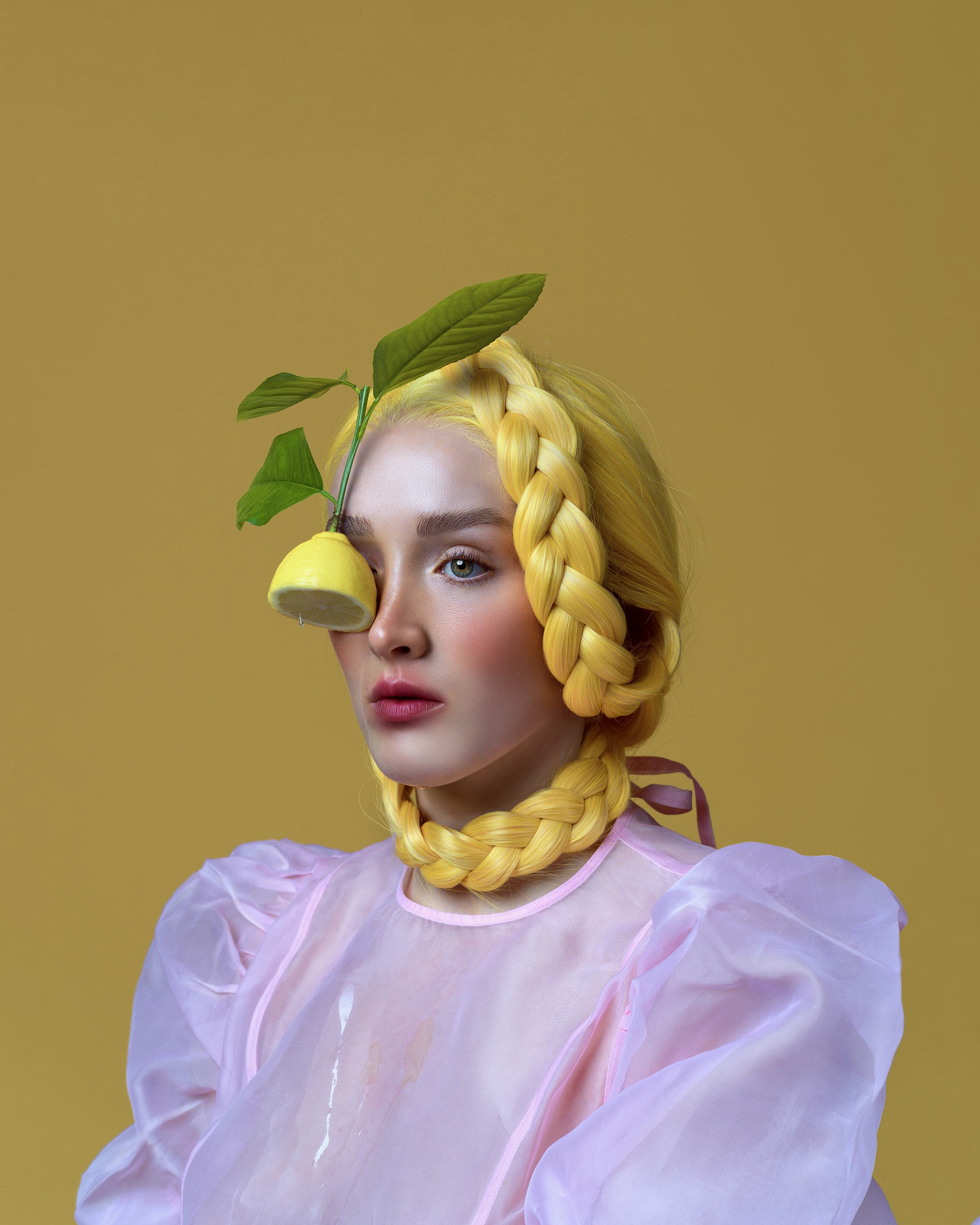
What do you think the art industry needs to improve?
There needs to be greater diversity in the voices that are amplified, women artist still only make up 5-15% of work seen in institutions or as public art. Accessibility is also key, both in how work is exhibited and who has the opportunity to make and show art. I know that art can have a profound impact on people’s lives and I think the industry needs to work harder at making this a reality for more people.
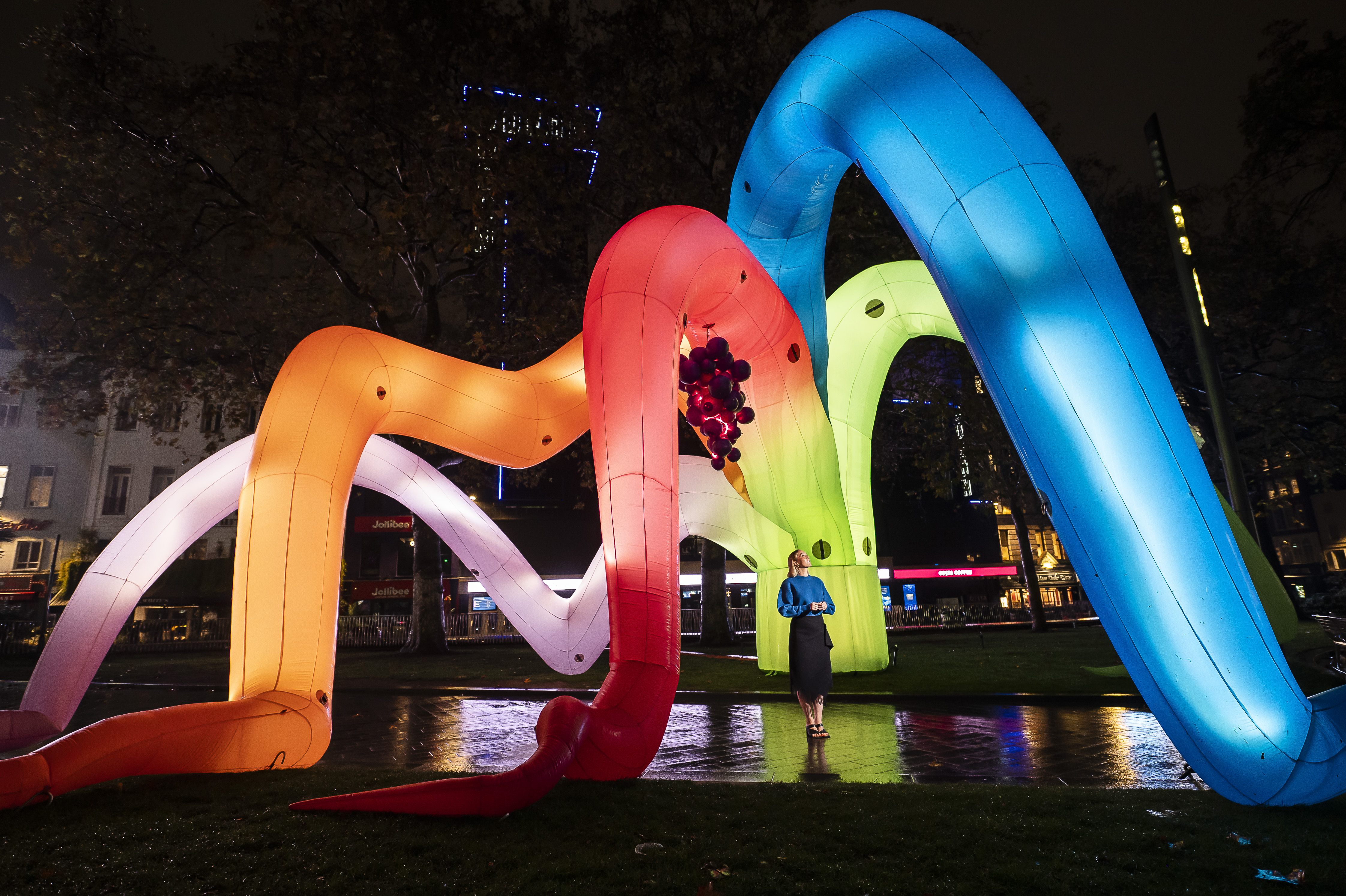
What are your thoughts on AI?
AI is an undeniable part of the world we live in now, and I can certainly see its importance, especially in scientific fields. I think artistically there are many open doors, but we need to be incredibly thoughtful about how it intersects with creativity. I’m cautious because there’s a fine line between innovation and appropriation. Protecting the work, rights, and voices of artists is more important than ever. An artist's expression is a very nuanced, human thing, and I hope we safeguard that.
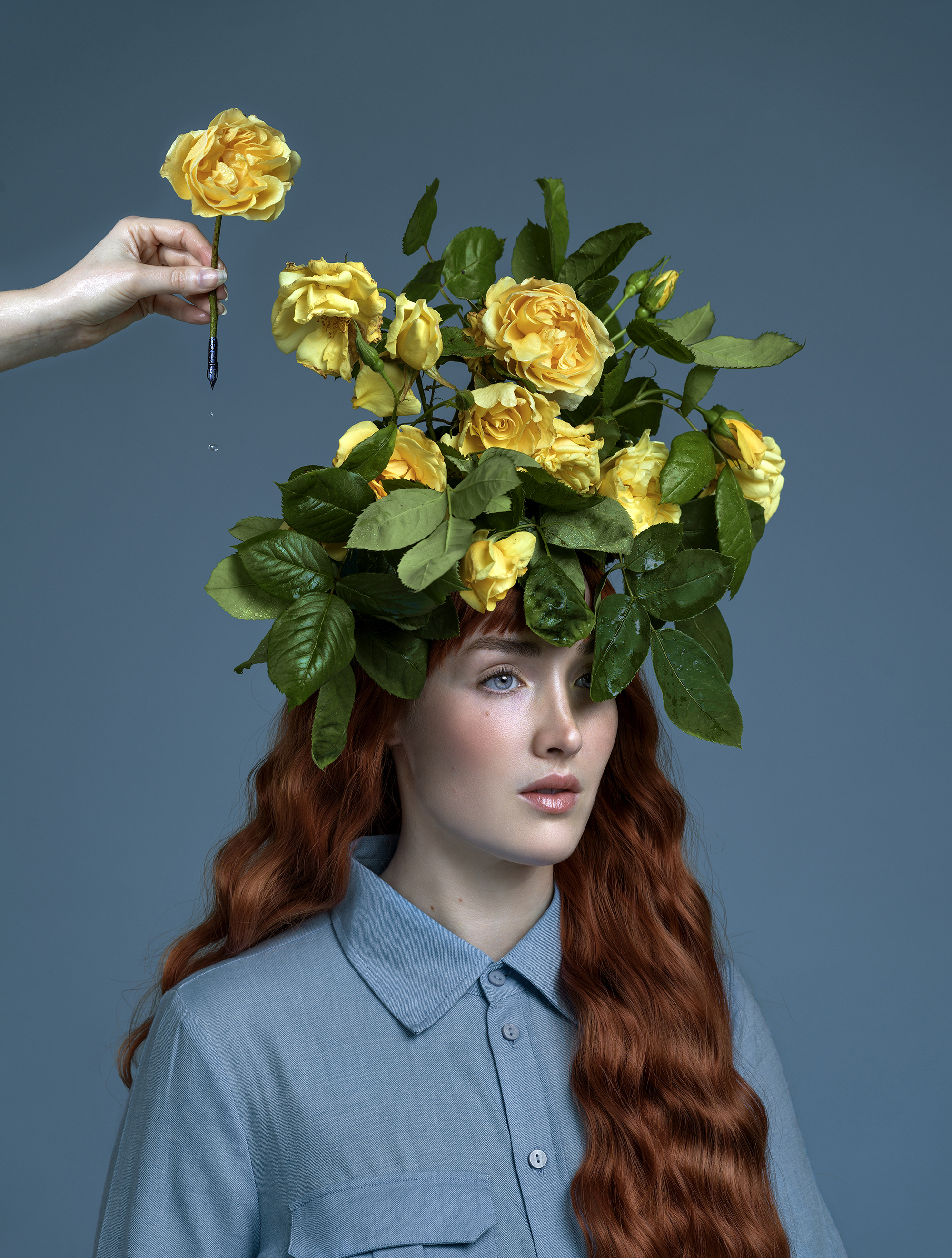
What career advice would you give your younger self?
Don’t overthink it! I’m a perfectionist at heart, and I would encourage my younger self to go with my gut and play and discover the possibilities.
I think art has a responsibility to reflect, challenge, and comfort. Whether it’s public, immersive, or intimate, I hope my work creates a space for pause, for people to reconnect with themselves, even if only for a moment.
Daily design news, reviews, how-tos and more, as picked by the editors.
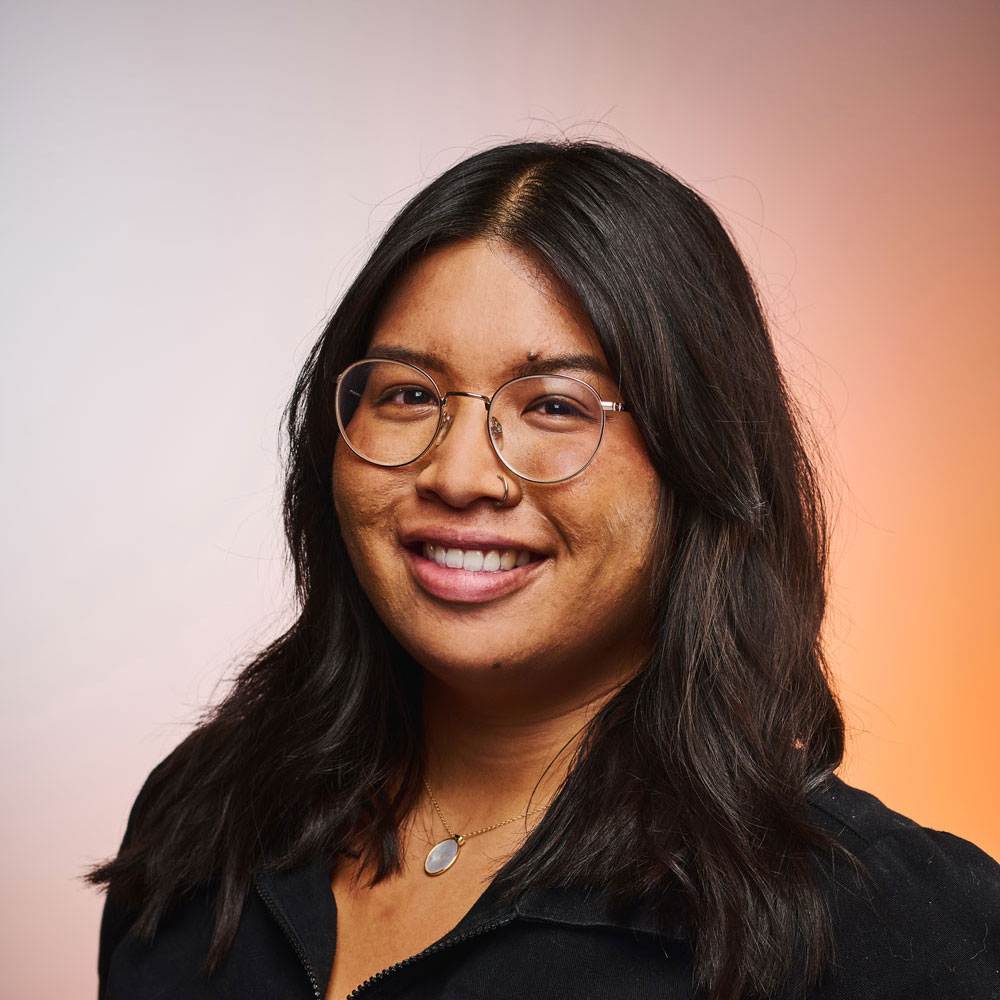
Natalie Fear is Creative Bloq's staff writer. With an eye for trending topics and a passion for internet culture, she brings you the latest in art and design news. Natalie also runs Creative Bloq’s Day in the Life series, spotlighting diverse talent across the creative industries. Outside of work, she loves all things literature and music (although she’s partial to a spot of TikTok brain rot).
You must confirm your public display name before commenting
Please logout and then login again, you will then be prompted to enter your display name.
